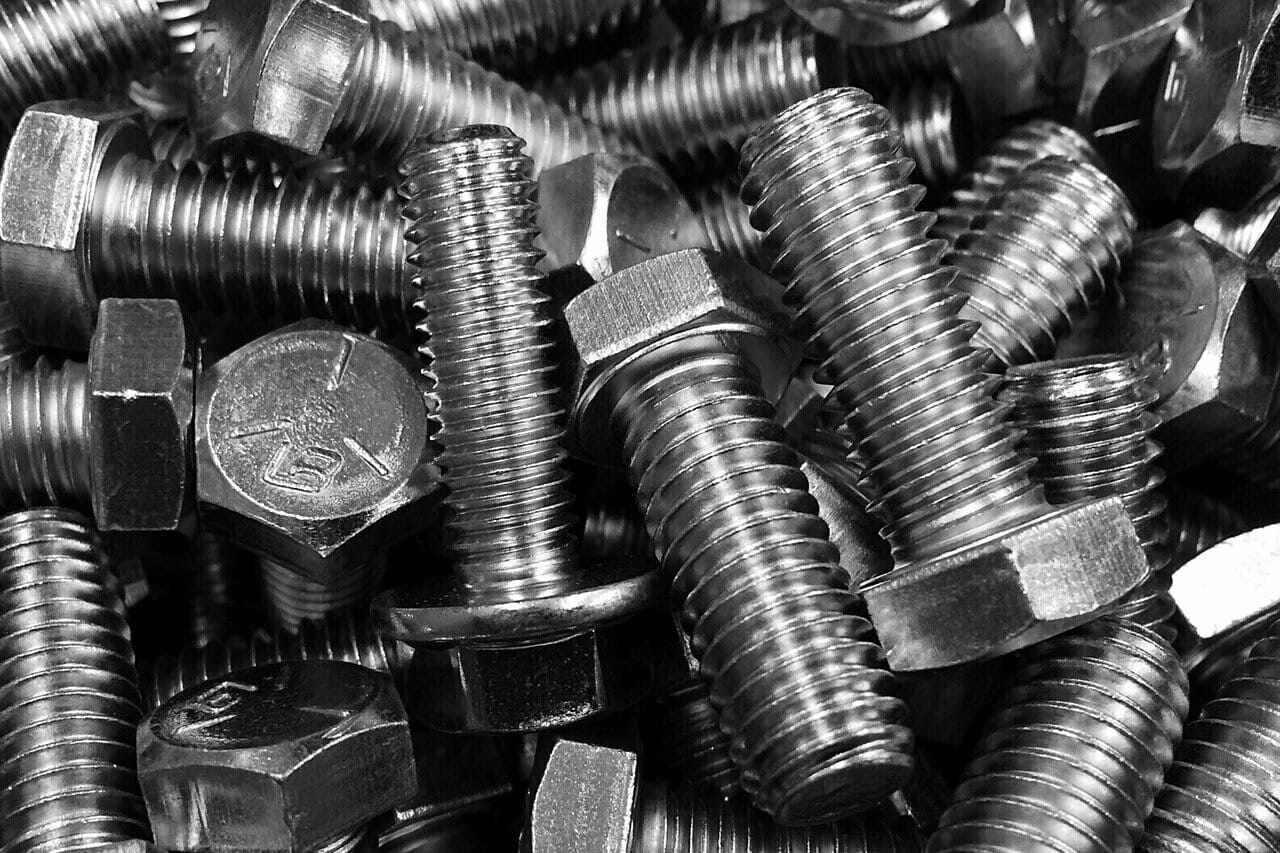Anything in marine environments is constantly exposed to intense saltwater, humidity, and harsh conditions, which can threaten the durability and stability of the structure. Marine fasteners are among the many things affected in this setting.
However, not every fastener is are same and cannot endure the high corrosive threats brought upon by coastal air and seawater. This is where Grade 316 stainless fasteners come up as the go-to option for professionals looking for durability, long-term performance, reliability, and corrosion resistance. Here, we will understand why these 316 stainless fasteners are mostly preferred in marine applications, look deep into their chemical compositions, advantages, and other practicalities.
MORE NEWS: Construction begins on $326 million North 2 Concourse in Terminal 3
INDUSTRY INSIGHTS: Want more news like this? Get our free newsletter here
The science behind 316 stainless fasteners
So, what makes Grade 316 stainless fasteners superior? It is their chemical composition specially crafted for marine environments.
The categorisation of stainless steel is based on the alloyed elements of iron and carbon. Hence,316 stainless steel stands out due to its high content of chromium at 16% to 18%,nickelat10%t014%, and additional concentration of molybdenum at 2% to 3%. This chemical composition is the core differentiator from the other Type 304 stainless steel.
The addition of Molybdenum further improves the Grade 316 stainless steel’s tolerance to crevice corrosion, stress corrosion cracking, and pitting, which usually occur in chloride-rich environments like seawater. This chemical design makes the 316 stainless fasteners highly resilient, even during prolonged exposure to brine, salt spray, and coastal conditions.
Key benefits of 316 stainless fasteners in marine applications
The 316 stainless steel fasteners are specifically crafted to endure against extreme conditions and temperatures common in marine environments.
Incredible corrosion resistance
One of the distinct perks of Grade 316 stainless fasteners is their exceptional resistance to rusting and corrosion of any kind. Ordinary steel fasteners are prone to rusting after prolonged contact with saltwater, whereas 316 stainless fasteners are highly capable of maintaining their structural integrity, irrespective of prolonged marine applications.
This corrosion resistance property is crucial for offshore platforms, docks, shipbuilding, and many other coastal applications where stainless fasteners are often exposed to saltwater and changing humidity.
Enhanced longevity and reduced maintenance
More than often, repairs and replacements of corroded and rusted fasteners are costly and time-consuming. However, using 316 stainless fasteners can considerably extend the longevity of marine infrastructures, lowering the need for frequent maintenance and downtime. Their durability and strength enable marine technicians and engineers to prevent unexpected failures that may happen as a result of rusted or weakened fasteners.
Strength and versatility
Other than the issue of corrosion resistance, the 316 stainless fasteners are also well-known and preferred for their immense strength. They can endure all the mechanical stress common in marine operations involving heavy loads, vibration, and dynamic environmental conditions. Plus, they are also versatile to be applied in varied marine tasks/projects, such as coastal construction, ship rigging, and underwater components.
Applications of 316 stainless fasteners in the marine industry
As a result of their unique chemical composition and properties, Grade 316 stainless fasteners are applied extensively in various coastal and marine settings:
- Boats and ships: Fasteners are the core that holds together critical ship components like deck fittings, engine mounts, and railings.
- Docks and piers: Saltwater or seawater consistently threatens piers and docks with possible corrosion, but with these stainless fasteners, the structures will stay secure and stable.
- Offshore oil rigs: Offshore oil rigs sustain and operate in one of the most extreme and harsh conditions imaginable, making the 316 stainless fasteners a necessity to ensure the safety and security of equipment.
- Desalination plants: Since handling saltwater is common in industrial settings, they need some special components to resist corrosion. This is where Grade 316 fasteners come to the rescue.
Selecting the right 316 stainless fasteners
There are various variables to account for when selecting 316 stainless steel fasteners to boost their effectiveness:
- Size and load capacity: Make sure that your chosen fasteners are of appropriate size and rated to endure the load capacity they will be exposed to in marine applications.
- Thread type: Depending on where you will use the fasteners, pick between either fine-threaded or coarse-threaded ones. Where fine threads have greater tensile strength, coarse threads work better for applications in high-vibration environments.
- Surface finishes: Some variations of the 316 stainless fasteners come with an additional layer of coating to improve their overall performance and resistance capacity. However, even if you choose the ones with no additional finishes, they will offer similar excellent corrosion resistance capabilities.
Closure
Grade 316 stainless steel fasteners are the best choice when it comes to resisting the rigorous saltwater environments with their high corrosion resistance, reliability, and durability. Whatever and wherever your need may be, these stainless fasteners offer incredible performance that marine professionals can fully rely on. By using 316 stainless fasteners, your marine applications will remain tight, secure, and functional for many years to come, proving to be a sustainable solution for any coastal or marine projects.




